Global Market Comments
January 17, 2025
Fiat Lux
Featured Trades:
(JANUARY 15 BIWEEKLY STRATEGY WEBINAR Q&A),
(GS), (MS), (JPM), (C), (BAC), (TSLA), (HOOD), (COIN), (NVDA), (MUB), (TLT), (JPM), (HD), (LOW), FXI)
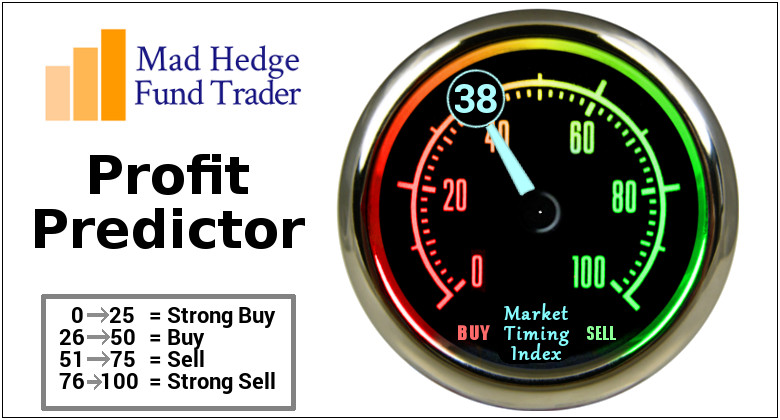
Global Market Comments
January 17, 2025
Fiat Lux
Featured Trades:
(JANUARY 15 BIWEEKLY STRATEGY WEBINAR Q&A),
(GS), (MS), (JPM), (C), (BAC), (TSLA), (HOOD), (COIN), (NVDA), (MUB), (TLT), (JPM), (HD), (LOW), FXI)

Below please find subscribers’ Q&A for the January 15 Mad Hedge Fund Trader Global Strategy Webinar, broadcast from Sarasota, Florida.
Q: What would I recommend right now for my top five stocks?
A: That’s easy. Goldman Sachs (GS), Morgan Stanley (MS), JP Morgan (JPM), Citibank (C), and Bank of America (BAC). There's five right there—the top five financials that are coming out of a decade-long undervaluation. A lot of the regional banks, which are also viable, are still trading to discount the book value, which all the financials used to trade out only a couple of years ago. Of course, JP Morgan's reaching a two-year return of around double, but the news just keeps getting better and better, so buy the dips. Buy every sell-off in financials and you will be a happy camper for the year.
Q: What do you think about Robin Hood (HOOD)?
A: Well, the trouble with Robinhood is it’s very highly dependent on crypto volumes. If you think crypto is going to go higher and volumes will increase, this is a great play. However, you get another 95%, out-of-the-blue selloff in crypto like we had three years ago and Coinbase (COIN) will follow it right back down again. On the last downturn, there were concerns that Coinbase would go under, so if you can hack the volatility, take a shot, but not with my money. I have the largest banks in the country that are about to double again; I would much rather be buying LEAPS in that area and getting anywhere from 100% to 1000% percent returns on a 2-year view—much more attractive risk-reward for me. And they pay a dividend.
Q: How do you define a 5% correction?
A: Well, if you have a $100 stock and it drops $5, that is a 5% correction.
Q: Can you please explain what Tesla 2X leverage actually means and is it a way to trade Tesla as an alternative?
A: I steer people away from the 2Xs because the tracking error is really quite poor. You only get 1.5% of the upside, but 2.5 times the downside over time. These are more day trading vehicles. They take out huge fees, and huge dealing spreads—it's a very expensive way to trade. Far cheaper is just to buy Tesla (TSLA) stock on margin at 2 to 1, and there your tracking error is perfect, your fees are much lower, and you just have the margin interest rate to pay on the position, which is 6% a year or 50 basis points a month. No reason to make the ETF people richer than they already are. They keep coining these products—1x, 2x, 3x long shorts on every one of the high volume stocks, and it sucks a lot of people in, but it's higher risk, lower returns for the amount of money you're risking as far as I'm concerned. So that's the way to do it.
Q: What are your projections for Nvidia (NVDA)?
A: I think not just Nvidia, but all of the big tech is going to be kind of trading in a sideways range for a while, maybe 6 months, and then we get an upside breakout if you get the earnings breakout, which we are all expecting. AI is still in business, and still growing gangbusters. There are always a lot of Cassandra's out there saying that we're going to crash anytime, and I just don't see it. I know a lot of these people, I'm in touch with a lot of the companies, I see Beta releases of all products, the consumer products, and…the slowdown just ain't happening, I'm sorry. And I've been through a lot of these tech booms over the last 40 years, and this is only showing signs of just getting started.
Q: How come Tesla (TSLA) is up and down $30 every couple of days?
A: Number one, it is the most actively traded stock in the market right now. It has implied volatility on the options of 70%, which is really the highest in the market of any individual stock. That just creates immense amounts of trading by options traders, volatility traders, by call writing, and 2x and 3x ETF long and short players. All of the financial engineering and new products that we see all gravitate toward the high volume stocks like Nvidia, Tesla, and Apple because that's where the money is being made. Some days Tesla accounts for 25% of all the market trading. Financial engineers go where the action is, where the volume is, where the customer demand is.
Q: Why do you expect only 5% to 10% corrections if the Fed rate cuts get completely priced out?
A: I don't expect the Fed to keep cutting interest rates. We should get another rate cut this year, and that may be it for the year. If inflation comes back (and of course, all of the new administration’s policies are highly inflationary) it’s just a question of how long it takes for it to hit the system.
Q: Do you believe I should hold all of my municipal bonds (MUB) with 10-year call protection at 4.75%?
A: On a tax-adjusted basis, I would say yes. You know, stock markets may peak and deliver a zero return, and in that situation, muni bonds are very attractive. The nice thing about bonds is that you hold on to maturity—you get 100% of your money back. With stocks, that is not always the case. Stocks you have to trade because the volatility can be tremendous. And in fact, what I do is I keep all of my money in one year Treasury bills. Last time I did this, which was in September, I locked in a one-year return for 5%.
Q: Would you prefer to buy deep in the money and put spreads on top of any rally?
A: Absolutely yes. If this is a real trading year, you not only buy the dips, you sell the rallies. We did almost no real selling last year. We really only did it in June and July because the market essentially went straight up, except for two hickeys. This could be the year of not only call sprints but put spreads as well. You just have to remember to sit down when the music stops playing.
Q: You say buy the dips; what would your dip be in JP Morgan (JPM)?
A: Well lower volatility stocks by definition have smaller drawdowns. JP Morgan (JPM) is one of those, so I'd be very happy to buy a 5% dip in JP Morgan. If it drops more, you double the position on a 10% pullback. Higher volatility stocks like Tesla—I'm really waiting for 10% or 20% corrections. You saw I just bought a 22% correction twice in Tesla with it down 110 points. One of those trades is at max profit right now and the other one has probably made half its money since yesterday. That is the game. The amount of dip you buy is directly related to the volatility of the stock.
Q: Should you let your cash go uninvested?
A: Yes, never let your cash go uninvested just sitting as cash. Your broker will take that money and put it in 90-day T-bills and keep the money for himself. So buy 90-day T-bills as a cash management tool—they're paying about 4.21% right now— and you can always use those as collateral under my positions on margin.
Q: Is Home Depot (HD) a buy on the LA reconstruction story?
A: I would say no, Los Angeles is probably no more than 5% of Home Depot's business—the same with Lowe's (LOW). A single city disaster is not enough to move the stock for more than a few days, and the fact is: Home Depot is mostly dependent on home renovation, which tends not to happen during dead real estate markets because, you know, it takes the flippers out of the market. It really needs lower interest rates to get Home Depot back up to new highs.
Q: Do you expect a big market move at the end of the day when the Fed makes its announcement?
A: The market has basically fully discounted the move on January 28, and if anything happens, there'll probably be a “sell on the news.” So, I expect we could give up a piece of the recent performance on the announcement of the Fed news.
Q: Should we expect trade alerts for LEAPS coming from you?
A: Absolutely, yes. However, LEAPS are something you really only want to do on down moves. If we don't get any, we'll just do the front-month call spreads. You can still make 10%, 20% a month just concentrating on financial call spreads.
Q: What would have happened to our accounts if we kept the (TLT) $82-$85 iShares 20+ Year Treasury Bond ETF (TLT) call spread and it went all the way down to $82?
A: The value of your investment goes to zero. Of course, it was declining at a very slow rate, and the $80: you might have gotten a bounce off the $85 level. But if the inflation number had come in hot, as had all other economic data of the last month, then you could have easily gotten a gap down to $82 and lost your entire investment, because two days is not enough time to expiration to recover that 3-point loss. And that's why I stopped out yesterday.
Q: Didn't David Tepper buy China (FXI)?
A: With both hands last September, yes he did. And my bet is he got out before he got killed. I mean, that's what hedge funds do. He probably got out close to cost, and you likely won't see him promoting China again anytime in the near future.
Q: I have June 530 puts on the S&P 500, should I get rid of them?
A: Yes, I don't see a big crash coming. You probably paid a lot going all the way out to June, and it's probably not worth hanging on to. Put spreads are the better way to go—that cuts your cost by two-thirds and those you only want to put on at market tops.
To watch a replay of this webinar with all the charts, bells, whistles, and classic rock music, just log in to www.madhedgefundtrader.com, go to MY ACCOUNT, click on GLOBAL TRADING DISPATCH, TECHNOLOGY LETTER, or JACQUIE'S POST, then WEBINARS, and all the webinars from the last 12 years are there in all their glory.
Good Luck and Good Trading,
John Thomas
CEO & Publisher
The Diary of a Mad Hedge Fund Trader

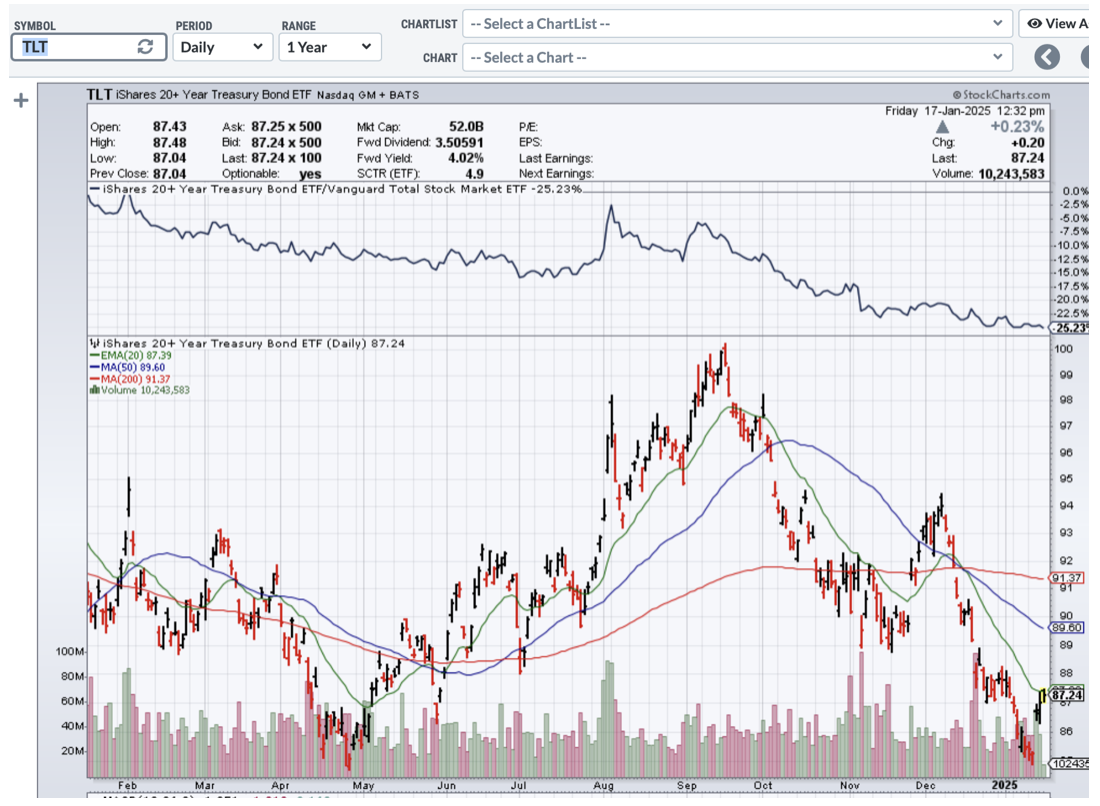
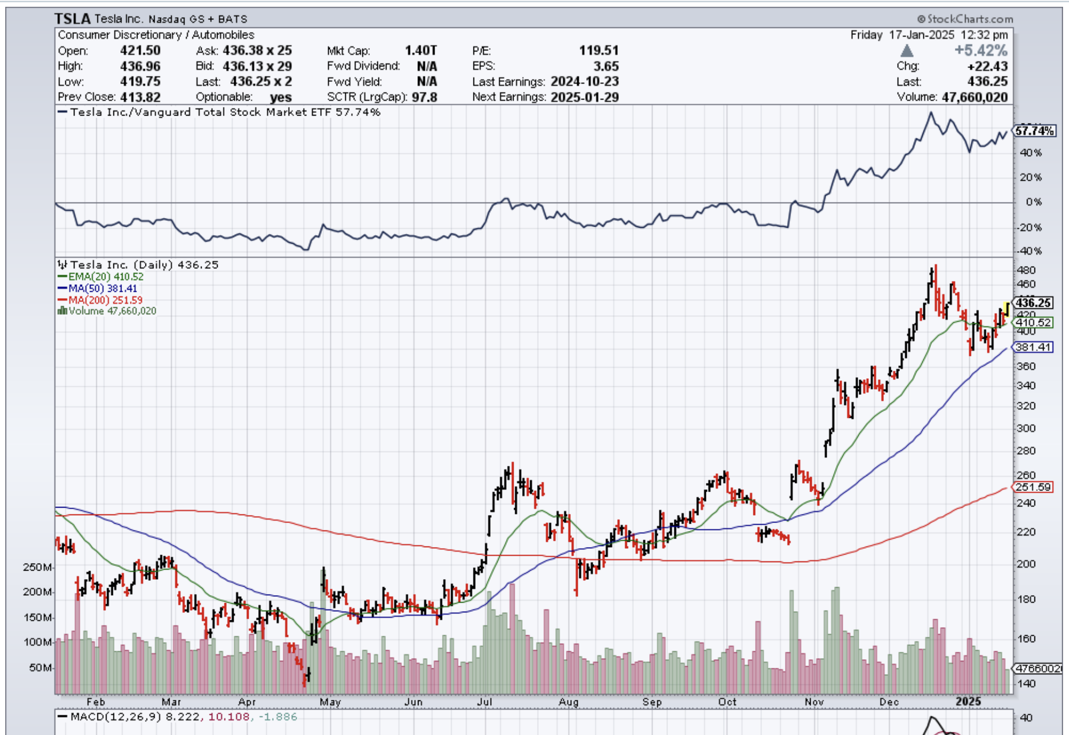
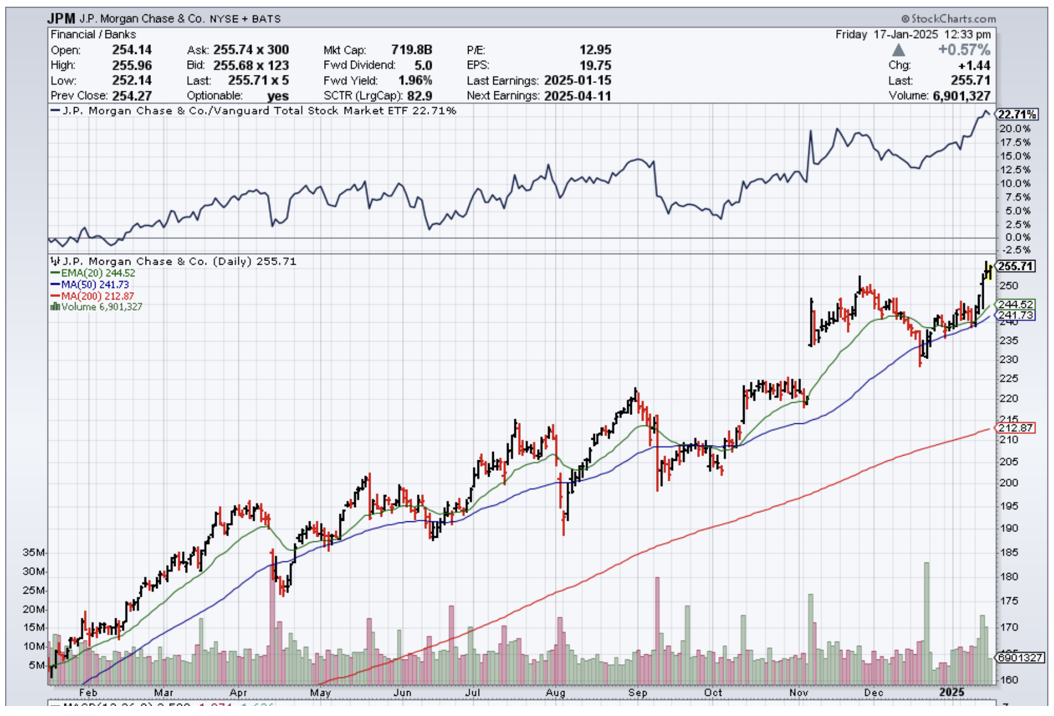
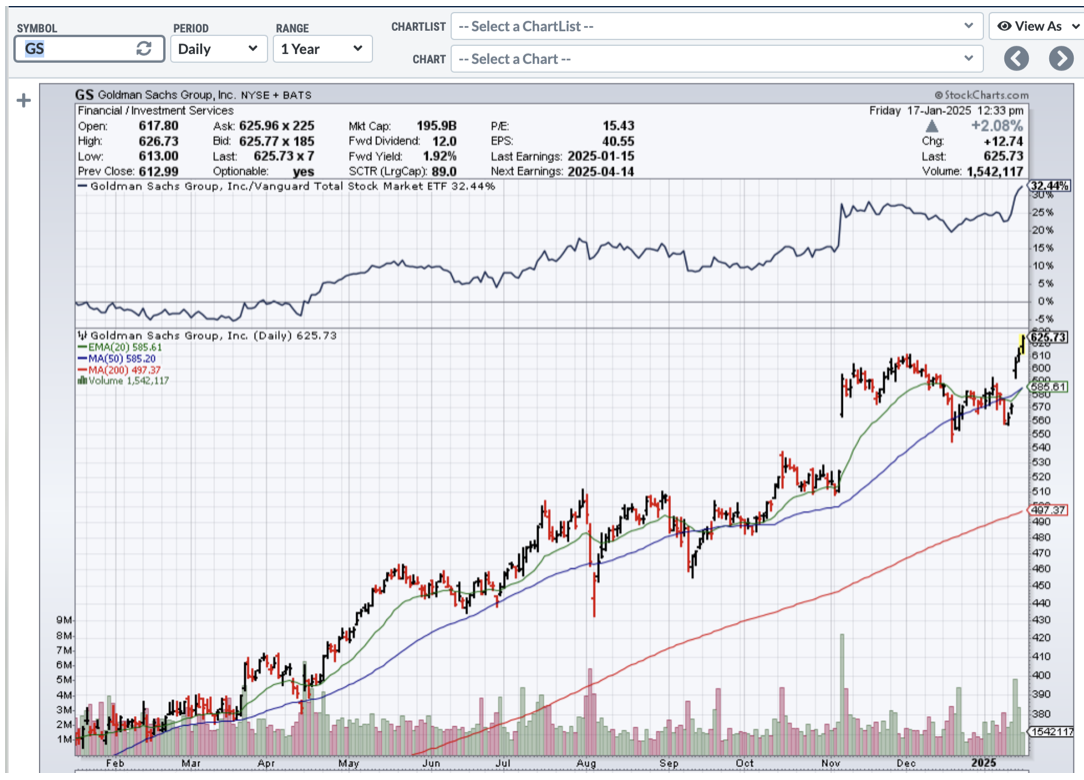
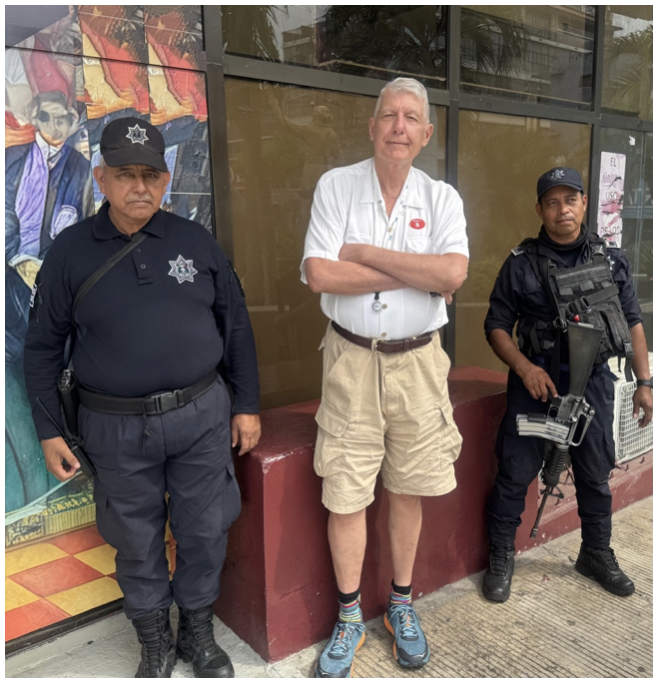
Mad Hedge Technology Letter
November 14, 2022
Fiat Lux
Featured Trade:
(LOW BAR HAS BEEN SET)
(COIN), (HOOD), (MSTR)
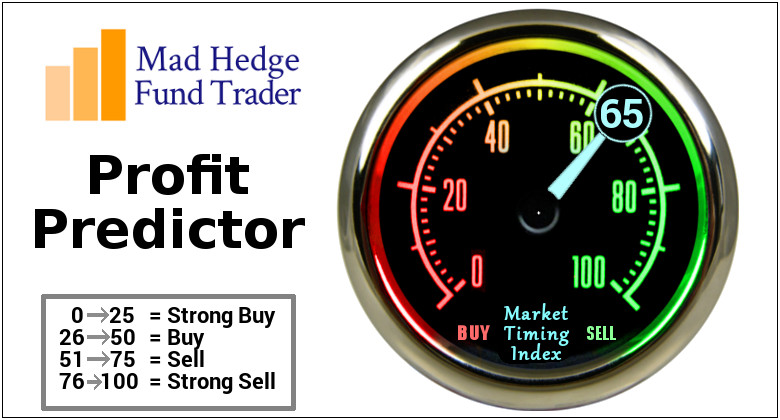
It’s been a historic and unprecedented last few weeks in the world of technology.
99.9% of crypto projects are effectively a zero after this weekend.
Cryptocurrency has now descended into a death spiral due to a fraud so large that it makes many who got caught up in the mess sick to their stomach.
This “trigger” event has massive ramifications for the technology industry and is highly positive for the health of the tech sector.
Enter Former CEO of FTX, the former second biggest crypto exchange, Sam Bankman-Fried or SBF.
His crypto exchange FTX filed for bankruptcy just days ago.
SBF was stealing customer deposits to invest in his lifestyle and bought off everyone he thought was useful, including politicians, regulators, sports athletes, and famous actors.
SBF even bailed out many crypto-related companies during the recent downturn that were confirmed Ponzi schemes or frauds just to onboard them onto an even bigger scam.
In the end, a bank run collapsed SBF’s crypto empire and exchange.
It was only after the house was on fire that normal investors found out that his business was rotten to the core.
How did SBF hide this?
FTX and SBF literally replaced these funds on their balance sheet with their own in-house crypto coin that was produced and created by FTX.
This self-made coin was called FTT and FTT represented $7.4 billion of “liquid” funds for FTX on their balance sheet.
Therefore, when mass demands for withdrawals took place, FTX didn’t have the capital to distribute back to account holders because the value of FTT had sunk 95%.
The $18 billion in liabilities was only propped up by $900 million of real liquidity with $470 million comprising of Robinhood (HOOD) stock shares.
Ultimately, FTX faced an $8 billion shortfall to fill in short notice or go under.
Any reader holding any crypto on any exchange should request immediate withdrawal of funds as soon as possible.
Don’t be the last one to ask for your money back. Get out while you can!
There is a good chance that every crypto exchange was faking their balance sheet with fake coins that have fake values while claiming these coins are liquid as US dollars.
That means weak balance sheets could plant the seeds of more bank runs putting extreme stress on liquidity and forcing them to halt withdrawals.
Any project related to FTX is now a zero.
This industry is truly broken and will take a generation to heal itself or might never come back.
I understand the FTX debacle as a highly positive event for the tech sector and tech stocks moving forward because it makes legitimate tech stocks look great.
FTX has set a low bar for tech stocks to jump over.
The Nasdaq market needed the fluff removed after the tech bubble had a 2-year accelerated bull market until 2022 and that came after a 10-year garden variety bull market in tech stocks.
FTX was the fluff. Avoid stocks such as Coinbase (COIN), Robinhood (HOOD), and MicroStrategy (MSTR).
Normal tech stocks will benefit after many incremental investors now believe crypto is completely fake.
This will forever be known as the colossal event that brought crypto to its knees.
I do believe that many of the leftover Bitcoin survivors will migrate into tech stocks moving forward because that’s the closest derivative to crypto.
Tech companies need to go through a lot of soul-searching to get their mojo back and a recession is always a good time to separate the good from the bad. Now, this is even better.
Crypto’s demise means venture capitalists will start to open the checkbook for non-crypto tech instead of spilling their money down a black hole.
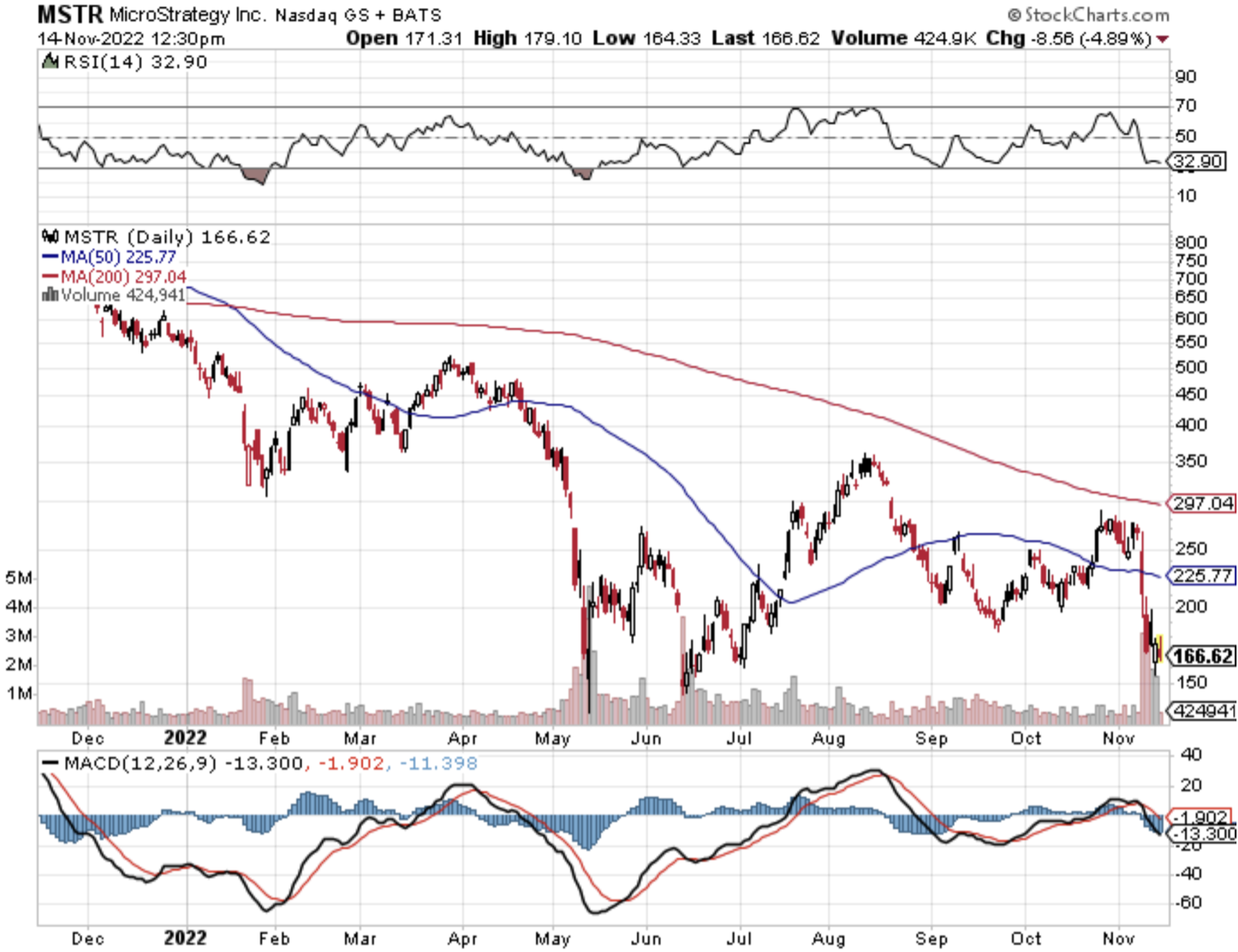
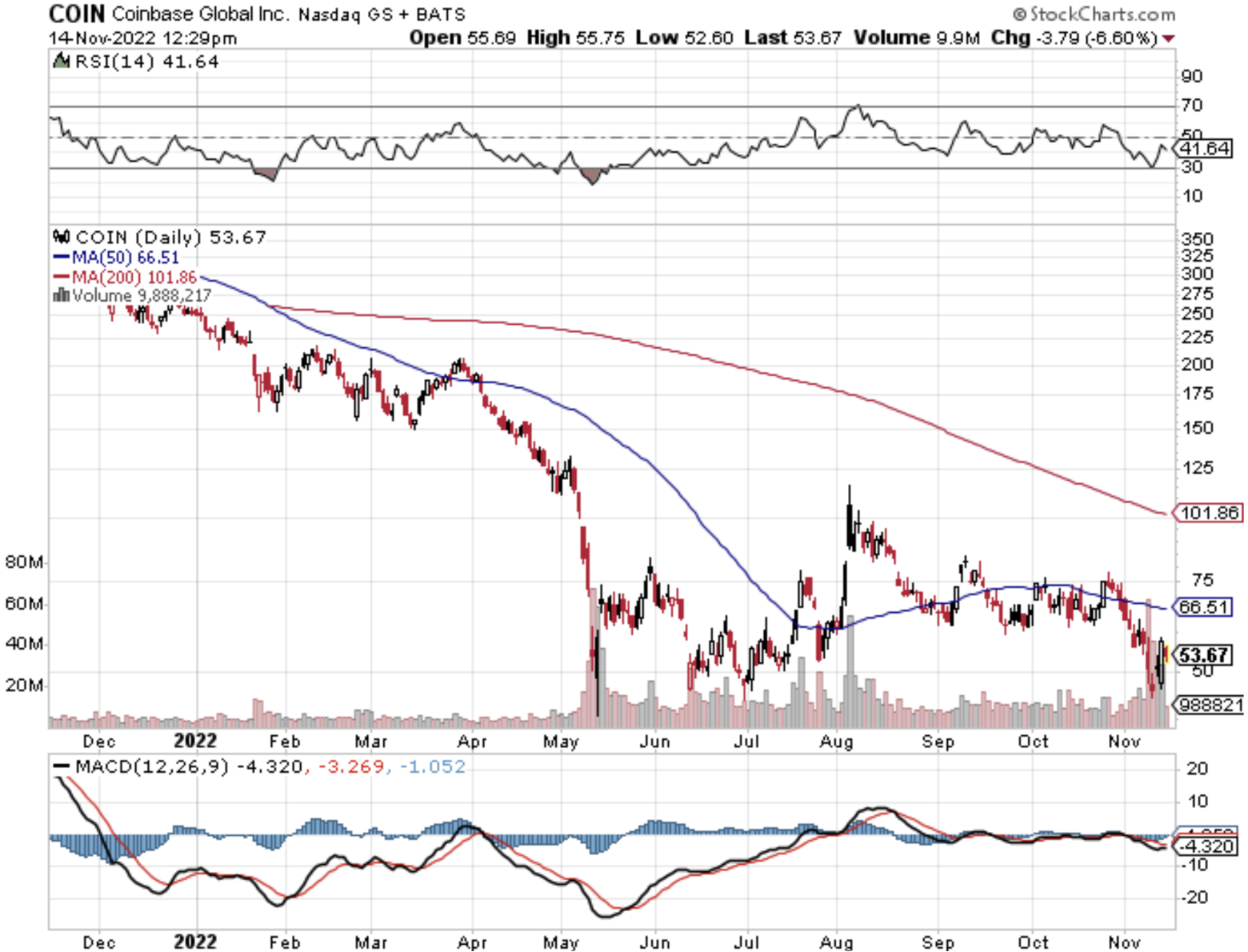
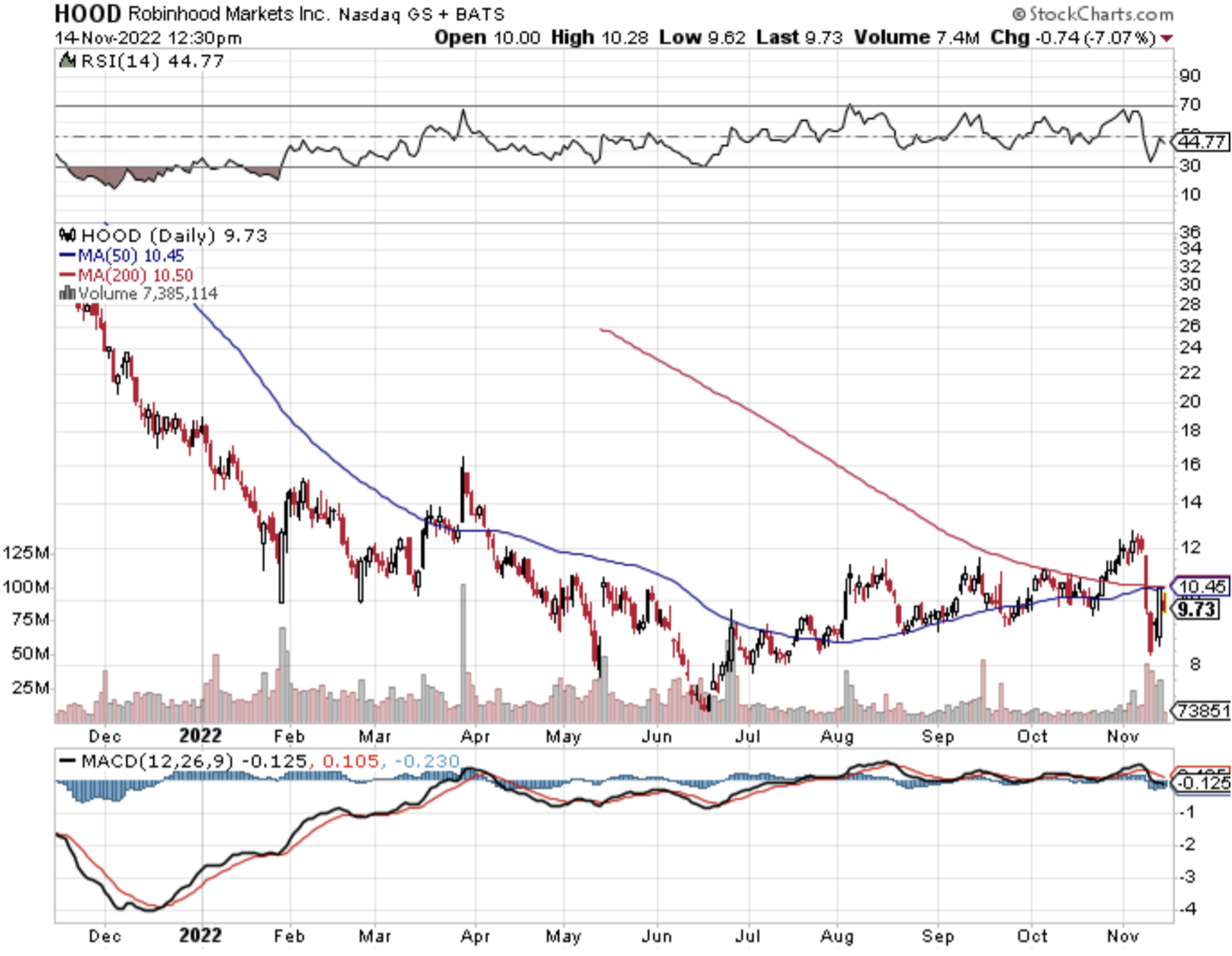
Mad Hedge Technology Letter
September 23, 2022
Fiat Lux
Featured Trade:
(CORPORATE TECH NOTCHES ANOTHER WIN)
(HOOD), (SEC), (VIRT), (SEC), (HFT)
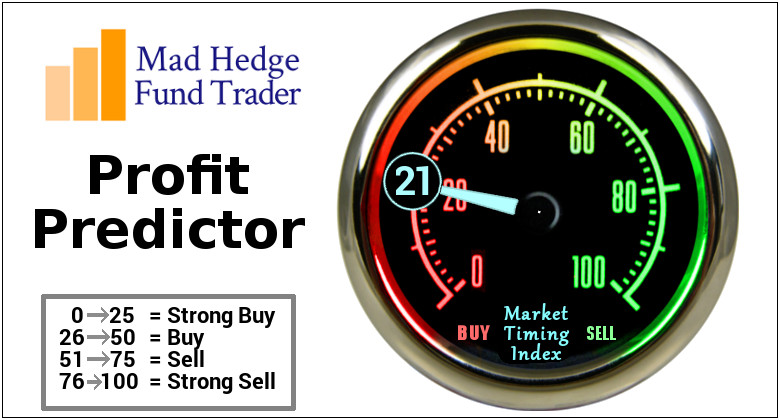
The US Securities and Exchange Commission (SEC) will stop short of banning payment for order flow, which is essentially high-frequency trading (HFT) firms buying the trading history of retail traders.
I believe this was a huge mistake because it inserts an unneeded middleman between the trader and his profits while raising the costs to the trader.
Why do HFT want the trading history in the first place?
They have algorithms built in place that reveals trends in the data allowing them to profit off it.
I guess one might be able to argue that this could also lead to big losses if algorithms are built wrong.
However, much of the time, the profits are risk free by front running the retail traders’ orders by buying and selling in the microsecond after the retail trader clicks buy and receiving the shares.
The outcome is earning a few pennies.
However, multiply that over million and billions of trades each year and that is why CEO of Citadel Ken Griffin has a net worth of over $30 billion and the Founder and Chairman of Virtu Financial (VIRT) Vincent Viola owns the NHL’s Florida Panthers.
Risk free trades work 100% of the time so their trades are never exposed to losses.
Granted, they had to build out the tech expertise and technological infrastructure to pull it off.
In the end, US regulators have been quite tight lipped on what might actually happen, and any move could make Griffin’s and Viola’s HTF companies less profitable.
It’s still a massive victory for the HFT industry as CEO of the SEC Gary Gensler walked back threats of banning payment of order flow.
That is now off the table.
Funnily enough, HFT firms argue they are delivering “greater liquidity” to the end buyer, but that liquidity is almost always in the form of a higher price.
Cynical and straight forward people would call this a rip off.
The flip side is that platforms can offer commission-free trading in the US.
Since 2019, most major online brokerages haven’t charged retail clients fees for their transactions, following a model made popular by Robinhood.
As for the here and now, Virtu’s stock isn’t a buy because the downdraft in the broader tech market has punished Virtu’s stock.
Remember, HFT firms can only front run orders for market orders and not limit orders that specify a certain price.
As for trading platform Robinhood (HOOD), this means that their stock isn’t a zero either, but they bet big on crypto and that investor base in now impoverished.
Citadel and Griffin announced $4.2 billion in net trading revenue in the first 8 months of the year which is a 23% year-over-year bump.
The outperformance occurred because they have gained market share from bigger investment banks and remember that they earn revenue on sell orders as well as buy orders.
Sadly, for investors, Citadel is a private company.
Ultimately, it’s not a good time to buy Robinhood or Virtu Financial, but strategically, selling any large tech rally makes sense as the macro risks of interest rates still rock the market on a consistent basis as high inflation roars along.
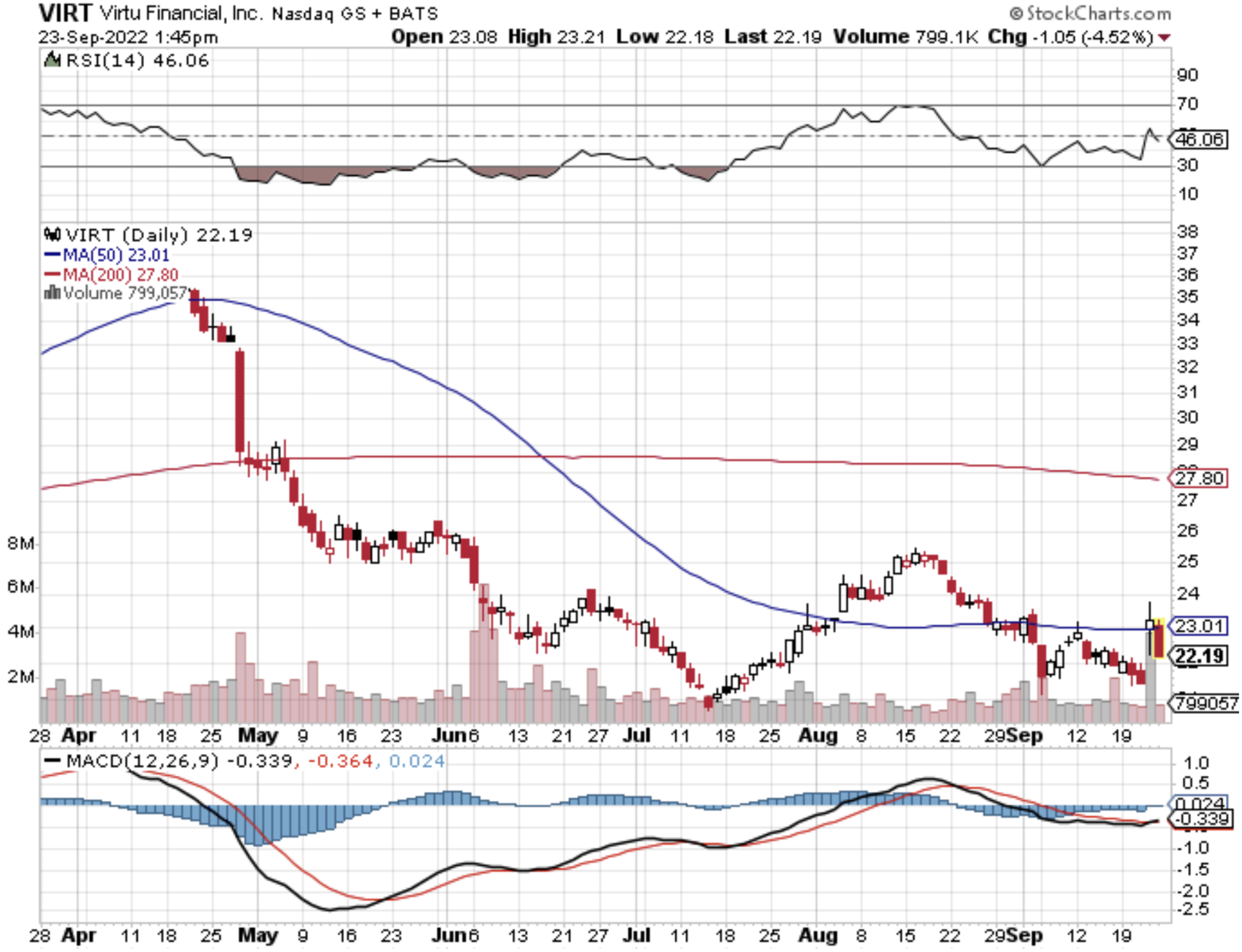
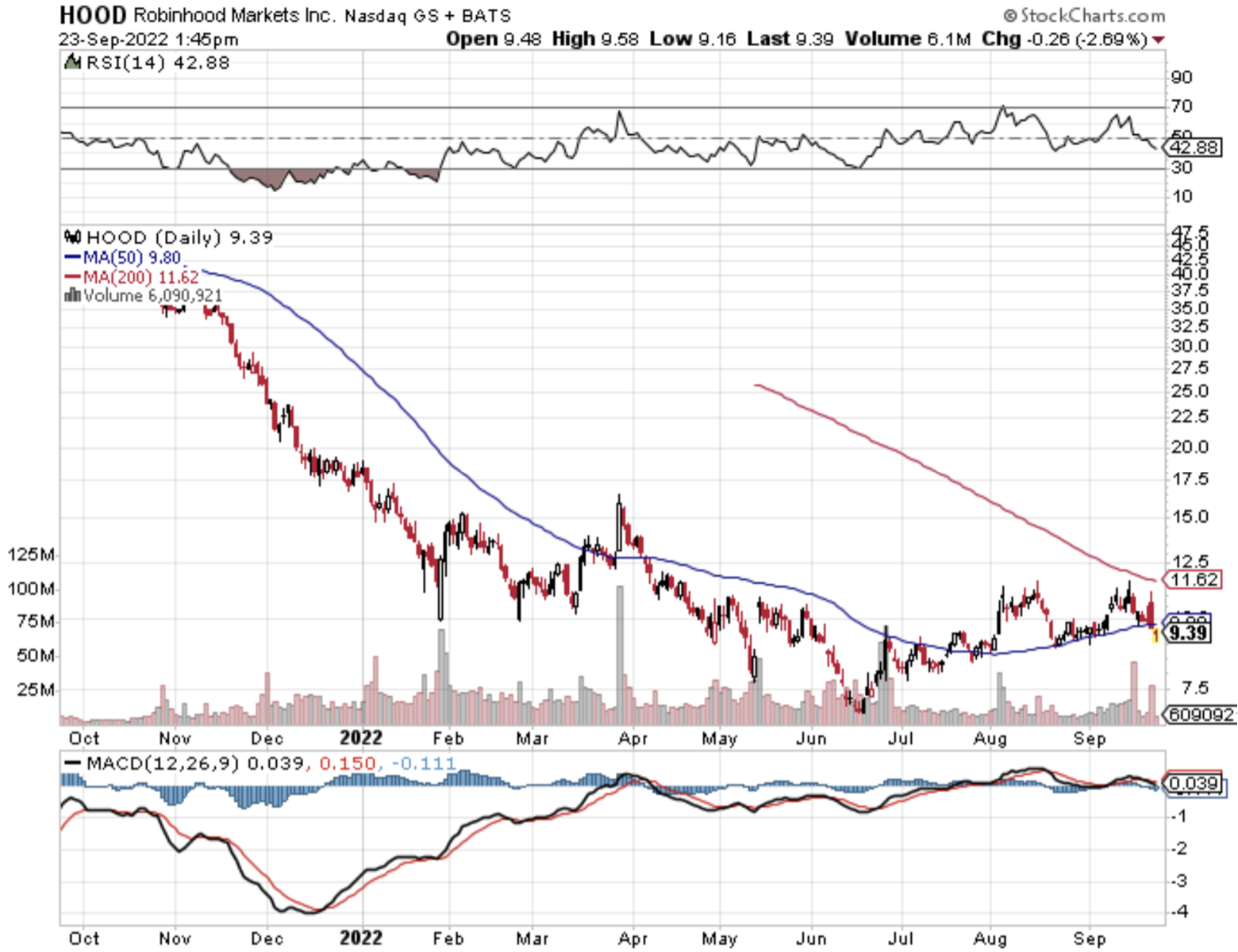
Mad Hedge Technology Letter
June 10, 2022
Fiat Lux
Featured Trade:
(STOCKBROKERS SIGNALING BIG CHANGES AHEAD)
(VIRT), (HOOD), (CITADEL)

Virtu Financial, Inc. (VIRT), Robinhood Markets, Inc. (HOOD), and Citadel Securities will need to change business models after the SEC plans unprecedented market changes so that high-frequency trading companies cannot front-run retail orders anymore.
Citadel is the only one of these 3 that is not public and for the other 2, heavy short interest will attract these stock names.
It’s about time.
The regulation revolves around retail investors finally getting a fair order for their market stock orders.
Market orders aren’t specified at a certain price and because of that, companies front-run these orders and skim a few pennies off their orders, before finally selling them to the end retail investor.
Crazily enough, this has been legal for many years, which is why the CEO of Citadel Ken Griffin can buy a new $100 million property every year.
Under current rules, brokers must perform “reasonable diligence” to determine the likely best market for executing a trade.
Robinhood Markets essentially sell historical retail trade data to Citadel and Virtu, better known as Payment for order flow (PFOF).
This is the juice that these HFT firms use to front-run the retail traders by deploying their professional algorithms.
Nobody in the trading community thought the SEC would get their heads around and do something about this egregious loophole in trading.
I need to give credit where credit is due, and diverting market trades into an auction where the actual best price is procured for the retail trader finally gives power back to the little man after getting fleeced for so many years.
CEO of Virtu Douglas Cifu and Ken Griffin must now expose their capital to risk if they wish to make money in markets.
What a thought!
The zero-risk era of front-running trading is coming to a close meaning companies like Robinhood are worth zero since their profits come from PFOF.
HOOD is worth zero because they don’t charge traders for trading fees because they package all revenue in the form of PFOF.
If that is now worth zero, then do the math: the company is also worth nothing.
This would also take down one of the biggest crypto-based companies whose claim to fame was being the rock-solid broker for the crypto traders.
Well, it’s hard to make money when your customer goes bankrupt, which is exactly what happened to crypto traders since November 2021.
Now, imagine charging for trades and competing with real brokers in the vanilla game of stock broking and the future looks quite daunting.
On the plus side, VIRT and Citadel can roll their mass profits into risk-based trading strategies. However, that could lose money, which they aren’t used to.
This is still only a proposal and not legislation yet, so the dust has yet to settle.
However, if this does come to pass, expect trading commissions to come back in full and no more free trading, because stockbrokers need some way to make money if they can’t sell your trading data.
The gamification of trading by HOOD has alerted the SEC to tighten down the hatches; and this has been coming for quite a time.
The SEC has proven in the past that when there is a red target on one’s back, they usually don’t just give a pass.
As a response to the SEC proposal, HFT brokers are pedal to the metal with lobbyists and government pressure to block this proposal.
If this proposal goes through in some potent form, expect HOOD and VIRT to be down big and for Ken Griffin to purchase less $100 million mansions.
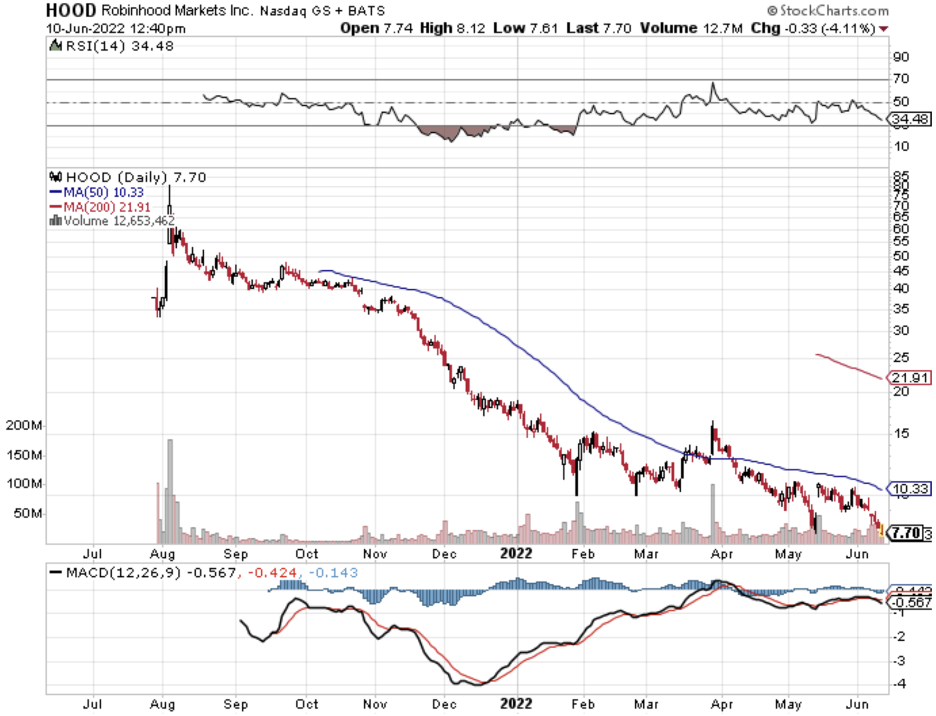
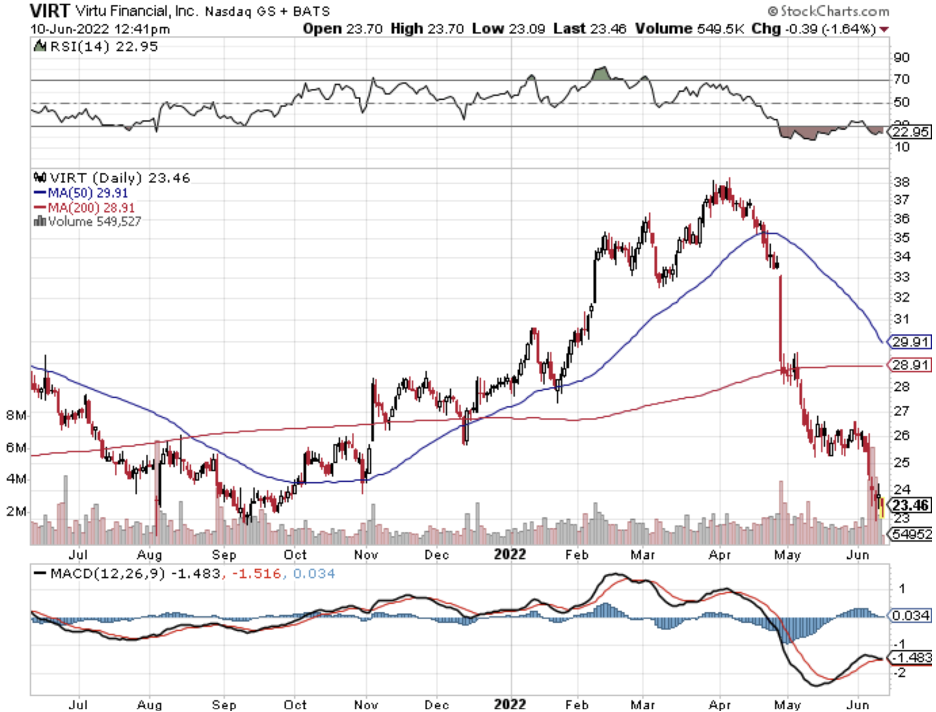
Global Market Comments
January 7, 2022
Fiat Lux
Featured Trades:
(JANUARY 5 BIWEEKLY STRATEGY WEBINAR Q&A),
(IWM), (RUA), (TSLA), (NVDA), (USO), (TBT), (ROM), (SDS), (ZM), (AAPL), (FCX), (HOOD), (BRKB)
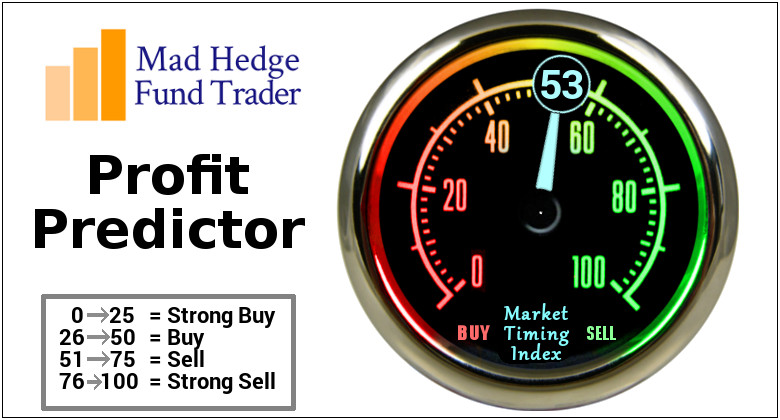
Below please find subscribers’ Q&A for the January 5 Mad Hedge Fund Trader Global Strategy Webinar broadcast from Incline Village, Nevada.
Q: What’s a good ETF to track the Russell 3,000 (RUA)?
A: I use the Russell 2,000 (IWM) which is really only about the Russell 1500 because 500 companies have been merged or gone bankrupt and they haven't adjusted the index yet. This is the year where value plays and small caps should do better, maybe even outperforming the S&P500. These are companies that do best in a strong economy.
Q: Should I focus on value dividends growth, or stick with the barbell?
A: I think you have to stick with the barbell if you’re a long-term investor. If you’re a short-term trader, try and catch the swings. Sell tech now, buy it back 10% lower. Keep financials; when they peak out you, dump them and go back into tech. It’ll be a trading year, but if a lot of you are just indexing the S&P500 or doubling up through a 2x ETF like the ProShares ultra S&P 500 (SSO), it may be the easiest way to go for this year.
Q: Will higher rates sabotage tech, particularly smaller companies?
A: They’ve already done so with PayPal (PYPL) down 44% in six months—I’d say that’s sabotaged. Same with Square (SQ) and a lot of the other smaller tech companies. So that has happened and will continue to happen a bit more, but we’re really getting into the extreme oversold levels on a lot of these companies.
Q: Should we cash out on the iShares 20 Plus Year Treasury Bond ETF (TLT) summer 150/155 put spread LEAPS?
A: No, because you haven't even realized half of the profit in that yet since there is so much time value left in those options. As long as you stay below $150 in the (TLT), which I'm pretty sure we will, you will get your full 100% profit on that position. On the six month and one year positions, they don’t really move very much because they have so much time value in them. Once you get into the accelerated time decay, which is during the last 3 months before expiration, they catch like a house on fire. So, if you're willing to keep a safe long-term position, this thing will write you a check every day for the next six months or a year to expiration. I know we have absolutely everybody in these deep in the money TLT puts; some people even did $165-$170’s—you know, my widows and orphans crowd—and they are doing well, but not as much as if you’d had a front month.
Q: What scares you most for the next 12 months?
A: Another variant that is more fatal than either Delta or Omicron. Unlikely, but not impossible.
Q: Do you expect Freeport McMoRan (FCX) to break out to the upside?
A: I do, I did the numbers over the vacation for copper production to meet current forecast demands for electric vehicle production. Global copper has to increase 11 times, and that can’t be done, so prices are going to have to go up a lot. One of my concerns with these lofty EV projections (that even I make) is that there aren’t enough commodities in the world to make all these cars with the current infrastructure. And you’re not going to find a replacement for copper—it's just too perfect of an electrical conductor. So, that means higher prices to me—you increase demand 11 times on a stable supply, and it takes 10 years to bring a new copper mine online.
Q: Do you have any open trades?
A: No, and one reason is that I figured they would probably crash the market on the last trading day of the year, which they did. If I had positions, they would have crushed them on the last year and my performance. And all hedge fund traders do this; they try to go 100% cash at the end of the year to avoid these things. And whatever you lost on Friday you made back on Monday morning at the expense of last year's performance. But you have to wait 15 months to get paid on today's performance, and, that is the reason I do that. So, looking for higher highs to sell, lower lows to buy.
Q: Should I be buying NVIDIA (NVDA) and Tesla (TSLA) on the dip?
A: Absolutely yes, but Tesla's prone to 45% corrections—we had one last year and the year before—and Nvidia tends to have 25% corrections. So yes, NVIDIA could well be the stock of the decade, but you don’t want to buy it right now. It’s starting to lose steam already.
Q: Will ProShares Ultra Technology (ROM) be under pressure?
A: Keep your position small now, take some profits, look to buy on a bigger dip. If the big techs drop 10%, (ROM) will drop 20% and get you below $100.
Q: Do you offer trade alerts on small caps for short term traders?
A: No, because you can’t execute those trades. A lot of them are just so illiquid, you can’t even trade one share unless you want to pay a huge spread. Keep in mind, when I worked at Morgan Stanley (MS), I covered the Rockefeller Foundation, the Ford Foundation, George Soros, Paul Tudor Jones, the government of Abu Dhabi, California State Pension Fund, and a lot of other huge funds; and the last thing they’re interested in is short term trades for the small-cap stocks. So, I don't really know much about those, but they tend to change the names every year anyway. And it really is a beginner trader type area because the volatility is so enormous. You can get 10x moves one day going to zero the next. It is also an area full of scams, cons, and pump and dump schemes.
Q: What is your advice when it comes to the ProShares UltraShort 20+ Year Treasury (TBT)?
A: Short term, take the profits—you just got a $14 point rally in your favor. Short term traders, take profits on bonds here, cover your shorts. Long term investors keep it, the cost of carry is only about 4% right now, not that high, so I would keep it for a great year-end move for 2.5% yields on the ten-year.
Q: I hate oil (USO) because it’s going to zero. Should I keep trading in it?
A: Very few are nimble enough to trade oil, it’s really an insider’s game. No new capital is moving into the oil industry and oil companies themselves won’t invest in their own businesses anymore.
Q: Would you put on a new position on the iShares 20 Plus Year Treasury Bond ETF (TLT) today?
A: No, you don’t sell short things after they move down $14 points. You put them on before that. If I were to do a short-term trade in (TLT) I would be a buyer, I’d maybe buy it for a countertrend rally of maybe $4 or $5 points.
Q: What should I do with my FCX 2023 LEAP?
A: There is enough time on it, so I would keep running it along as is—don’t get greedy. Keep the LEAPS you have and you should do well by it.
Q: Could the iShares 20 Plus Year Treasury Bond ETF (TLT) bottom out in the near term?
A: Yes, it could, on a short-term basis. $141 is the nine-month low for the (TLT), so a great place to take short term profits. (TLT) is right now at $142.56, so we’re approaching that $141 handle closely. Every technical trader on the market’s going to cover their shorts on the $141 or $142 handle, so just congratulate yourself going into this move short, and take the money and run. You take every $14 point move in your favor in the (TLT); and let it rally 5 points and then reestablish, that’s how you trade.
Q: Do you think there will be a delay in the first interest rate hike due to COVID?
A: Yes, Jay Powell is the ultra-dove—any excuse to delay rate hikes, he’ll do it. And the way you’ll know is he’ll delay the end of other things which you don’t see, like daily mortgage bond purchases, daily US Treasury purchases, and other backdoor forms of QE. We’ll know well in advance if he’s going to raise or not by March or even June. We watch this stuff every day, we talk to people at the Fed every week. And remember, the Treasury Secretary Janet Yellen is a good friend of mine, I get a good handle on these things; this is why 99% of my bond trades make money.
Q: What if I have the $135-$140 put spread in January?
A: Sell it now, take what you can, take the hit; because that’ll expire at zero unless we break down to new lows on the (TLT) in the next ten days or so. That's not a good bet, especially on top of a $14 point drop. Capture what you can on that one and keep the cash for a better entry point. That’s exactly what I did—I sold all my January positions yesterday no matter what they were, because when you get to two weeks to expiration the moves become random.
Q: Do you think inflation will last longer than expected?
A: No, I think it will last shorter than expected because I think at least half of the inflation rate, if not more, are caused by supply chain problems which will end within the next six months, and therefore lead to the over-order problem that I was talking about earlier.
Q: What’s your outlook on energy this year?
A: It could go higher. On the way to zero, you’re going to have several double, tripling’s, even 10x increases in the price of oil, like we saw in the last 18 months. We went from negative numbers to 80, and what happens is oil becomes more volatile as the supply becomes more variable, that's a natural function. But trading this is not for non-professionals.
Q: Since sector rotation is happening, do you think we should sell all tech positions?
A: Short term yes, long term no. Tech will still lead with earnings, and even if they have a bad five months coming, they have a terrific long-term view. For the last 30 years, every sale of tech has been a mistake, especially in Apple (AAPL). So if you’re a trader, yes, you should have been selling since November. If you’re a long-term investor, keep them all.
Q: Is the ProShares UltraShort S&P 500 (SDS) a good position to buy up when the market timing index goes into sell territory?
A: Yes it is, and that will probably work better this year than it did last year because narrow range volatile markets are much more technically oriented than straight-up markets or long term bull markets. Pay close attention to those markets, you could make a lot of money trading them.
Q: Do Teslas have good car heaters for climates up North in -25 or -30?
A: You plug them in. When it gets below zero you actually get a warning message on your Tesla app telling you to plug it in, and then the car heats itself off of the power input. Otherwise, if you get to below zero, the range on the car drops by half. If you have a 300-mile range car like I do and then you freeze it, it drops to like 150 miles. In Tahoe, I keep my car plugged in all the time when I'm not using it, just to keep it warm and friendly.
Q: Is Zoom (ZM) a good buy here?
A: No, I think they’re going to keep punishing these overpriced small cap techs like they have been. We’re a long way from value on small tech. That was a 2020 story.
Q: What about Berkshire Hathaway (BRKB)?
A: Berkshire Hathaway is doing a major breakout because they own financials up the wazoo and they’re all breaking out. And YOU should be long up the wazoo on these things because I’ve been recommending them for the last 4 months.
Q: What do you think of Robinhood (HOOD)?
A: Robinhood I like long term, but it is high risk, high volatility. It is down 78% from the IPO so it is busted. Kind of tempting down here, but again, all the non-earning overvalued stocks are getting their clocks cleaned right here; I'm not in a rush to get involved.
Q: When you enter a LEAP, is the straight call or call spread?
A: It’s a call spread. You finance the high cost of one-year options by selling short a call option against it further out of the money. And that way you can get enormous leverage for practically nothing, 10 or 20 times in some cases, depending on how you structure the strikes.
Q: Best stock to play Copper?
A: Freeport McMoRan (FCX). I’ve been recommending it since it was $4.00.
Q: Oil is the pain train until EVs actually take over.
A: That’s true, and they haven’t. EVs have about a 6% market share now of new car sales worldwide, but that could rapidly accelerate given all the subsidies that EVs are getting. Also, we have many future recessions to worry about, during which oil could easily drop 290% like it did last year. If you can hack that kind of volatility, go for it, but I find better things to do quite honestly. And I think my next oil trade will be a short, especially if we go over $100.
Q: What about Bitcoin?
A: It could go sideways in a range for a while. If we can’t hold the 200-day, we’re going back down to the high 30,000s, where we were at the start of the year—we could give up the entire year of 2021. Bitcoin also suffers from rising interest rates since they don’t yield anything.
Q: Is this recorded?
A: Yes, the webinar recording goes out in about 2 hours. Log into the madhedgefundtrader.com website and go to my account, where you’ll find it with all the different products you’ve purchased.
Q: I just closed out my (TLT) 150 put option for the biggest single trade profit in my life; I just made 20% of my annual salary alone today. Thank you, John!
To watch a replay of this webinar with all the charts, bells, whistles, and classic rock music, just log in to www.madhedgefundtrader.com , go to MY ACCOUNT, click on GLOBAL TRADING DISPATCH, then WEBINARS, and all the webinars from the last ten years are there in all their glory.
Good Luck and Stay Healthy.
John Thomas
CEO & Publisher
The Diary of a Mad Hedge Fund Trader
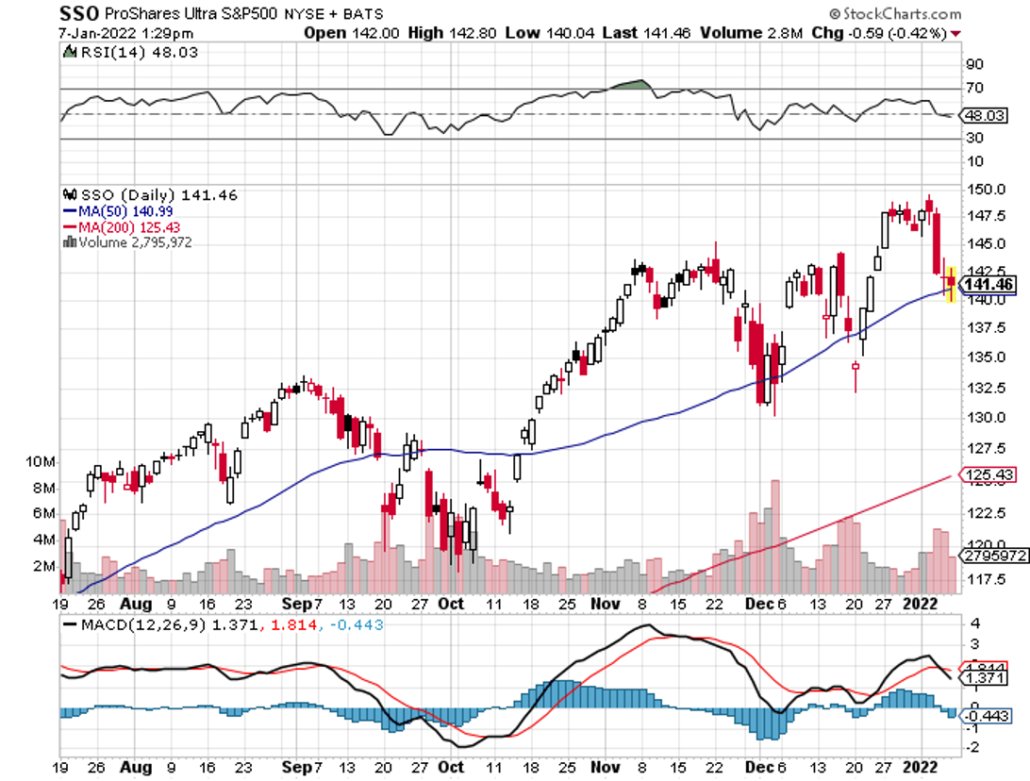

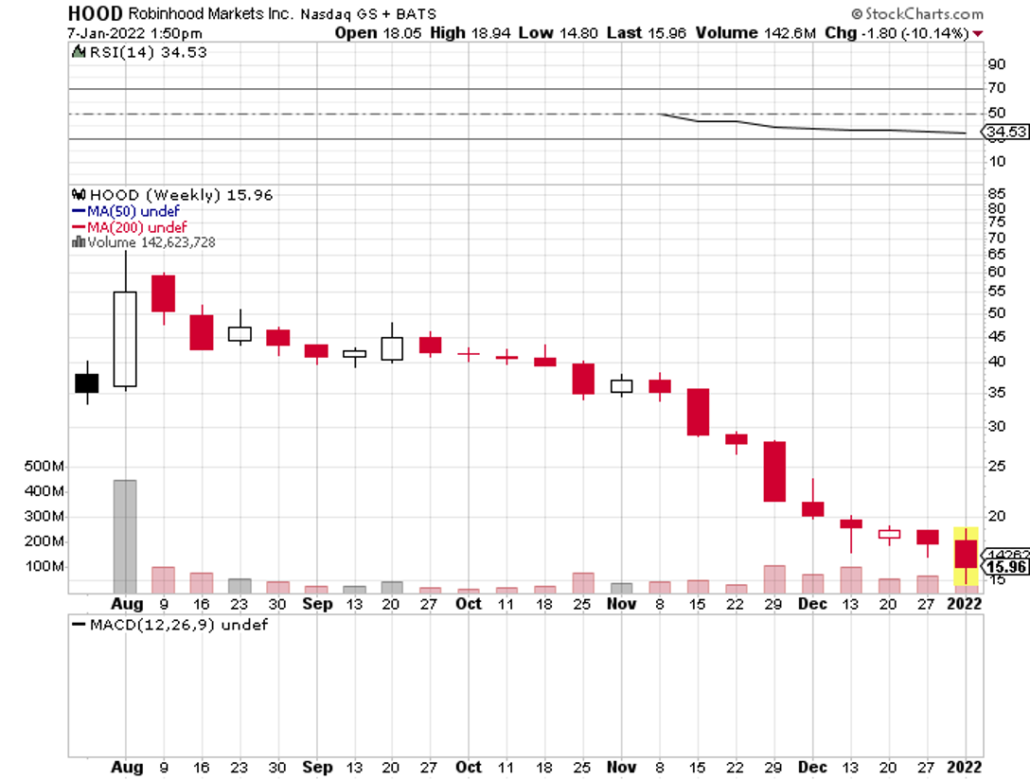
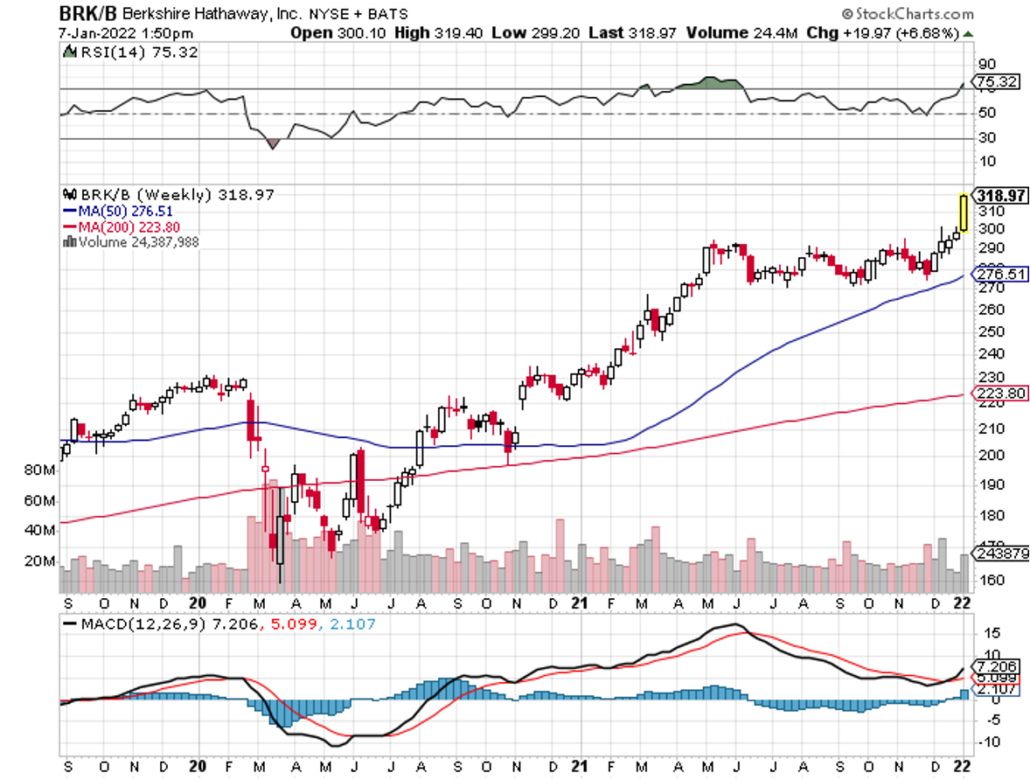
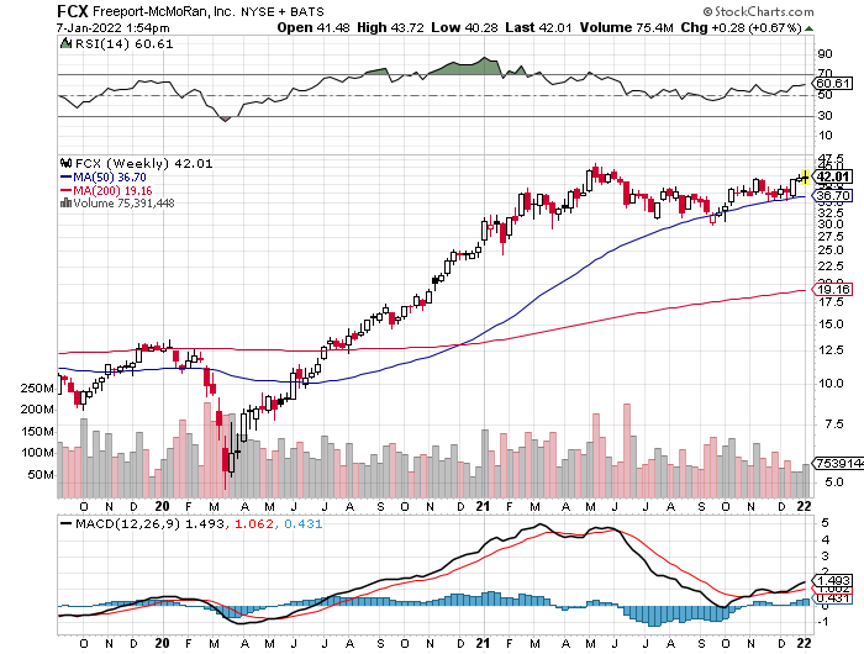

Legal Disclaimer
There is a very high degree of risk involved in trading. Past results are not indicative of future returns. MadHedgeFundTrader.com and all individuals affiliated with this site assume no responsibilities for your trading and investment results. The indicators, strategies, columns, articles and all other features are for educational purposes only and should not be construed as investment advice. Information for futures trading observations are obtained from sources believed to be reliable, but we do not warrant its completeness or accuracy, or warrant any results from the use of the information. Your use of the trading observations is entirely at your own risk and it is your sole responsibility to evaluate the accuracy, completeness and usefulness of the information. You must assess the risk of any trade with your broker and make your own independent decisions regarding any securities mentioned herein. Affiliates of MadHedgeFundTrader.com may have a position or effect transactions in the securities described herein (or options thereon) and/or otherwise employ trading strategies that may be consistent or inconsistent with the provided strategies.
This site uses cookies. By continuing to browse the site, you are agreeing to our use of cookies.
OKLearn moreWe may request cookies to be set on your device. We use cookies to let us know when you visit our websites, how you interact with us, to enrich your user experience, and to customize your relationship with our website.
Click on the different category headings to find out more. You can also change some of your preferences. Note that blocking some types of cookies may impact your experience on our websites and the services we are able to offer.
These cookies are strictly necessary to provide you with services available through our website and to use some of its features.
Because these cookies are strictly necessary to deliver the website, refuseing them will have impact how our site functions. You always can block or delete cookies by changing your browser settings and force blocking all cookies on this website. But this will always prompt you to accept/refuse cookies when revisiting our site.
We fully respect if you want to refuse cookies but to avoid asking you again and again kindly allow us to store a cookie for that. You are free to opt out any time or opt in for other cookies to get a better experience. If you refuse cookies we will remove all set cookies in our domain.
We provide you with a list of stored cookies on your computer in our domain so you can check what we stored. Due to security reasons we are not able to show or modify cookies from other domains. You can check these in your browser security settings.
These cookies collect information that is used either in aggregate form to help us understand how our website is being used or how effective our marketing campaigns are, or to help us customize our website and application for you in order to enhance your experience.
If you do not want that we track your visist to our site you can disable tracking in your browser here:
We also use different external services like Google Webfonts, Google Maps, and external Video providers. Since these providers may collect personal data like your IP address we allow you to block them here. Please be aware that this might heavily reduce the functionality and appearance of our site. Changes will take effect once you reload the page.
Google Webfont Settings:
Google Map Settings:
Vimeo and Youtube video embeds:
